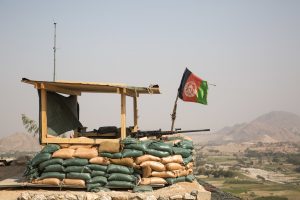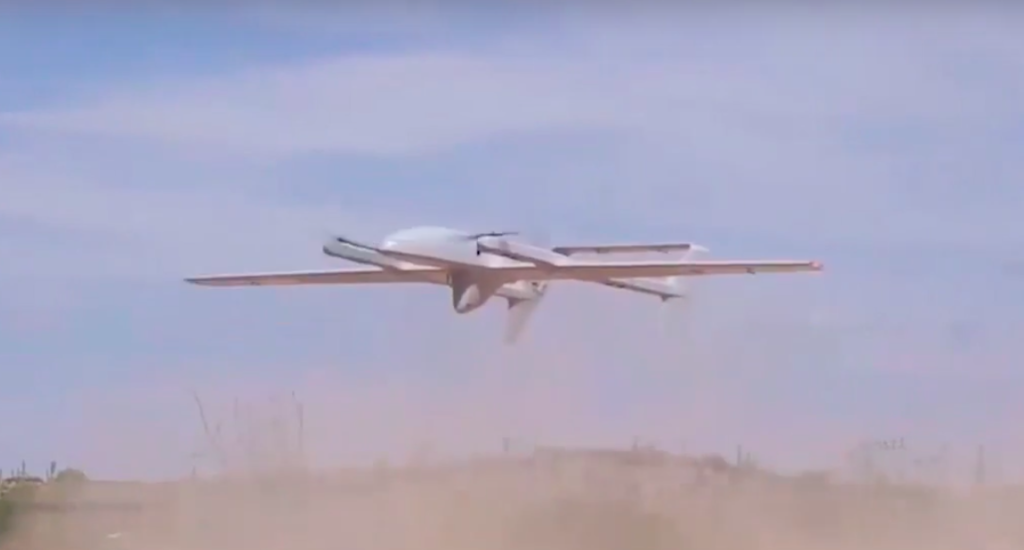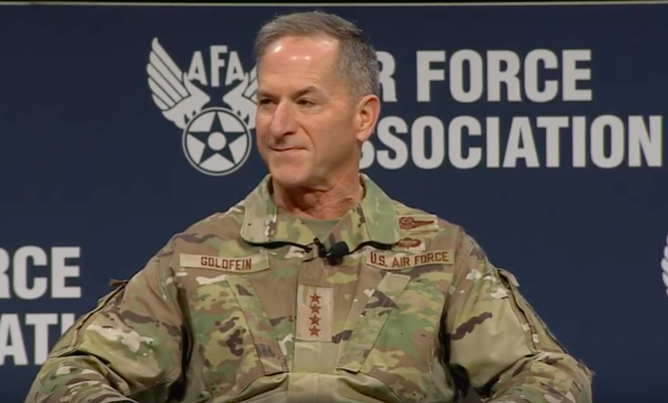Ajit Ranade
A supply glut along with falling demand could prove to be a mixed blessing for India
Three major players in a market are trapped in a brutal price war. Investors stand to lose billions of dollars unless a price floor is fixed, and there is fear of bankruptcy. Authorities are hoping that a price floor cartel succeeds. Does this ring a (telecom) bell? Well, it’s not what you think. This market is oil, and the three players are the US, Saudi Arabia and Russia. The US has private shale oil suppliers, while the latter two have state-owned oil companies. Over the weekend, the price of crude dropped precipitously toward $30 a barrel, after the Saudi-led oil cartel failed to agree on production cuts with non-member Russia. US shale oil players, who were not party to the negotiations, were hoping for a cartel agreement, since their very viability depends on higher oil prices. Anything below $50 is bad news for them, especially for the junk bond investors who have financed these shale oil wells. The Saudis, with a vengeance, decided to up the ante, increasing their oil production and offering customers steep discounts, thus effectively trying to muscle into the market share of Russian oil companies in Europe. Russia, which is not a part of the Organization of the Petroleum Exporting Countries (Opec), refused to play ball on production cuts because its oil firms seemed bent on hurting US shale oil producers. The price war might very well be a proxy manifestation of a geopolitical showdown in West Asia between a Russia-Iran alliance and a US-Saudi one.
















/arc-anglerfish-arc2-prod-mco.s3.amazonaws.com/public/KZFB2GQCZJB7JF4HDQMP2ENZ5Y.jpg)
/arc-anglerfish-arc2-prod-mco.s3.amazonaws.com/public/NJZVW7DSAVH65MXA5ZG35CJ6DA.jpg)

